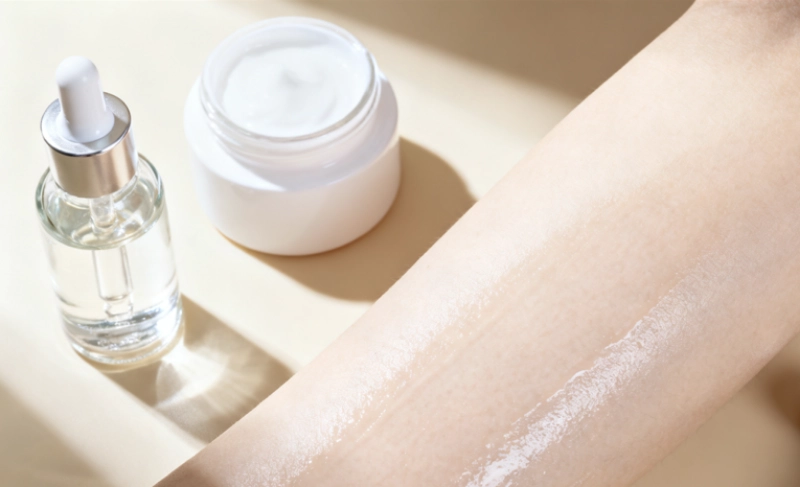Pneumatic tools are widely used in various industries, from construction to manufacturing. They are powered by compressed air and offer many advantages over electric or manual tools. In this article, we will explore how pneumatic tools work and why they are so popular.
- Introduction to Pneumatic Tools
Pneumatic tools are powered by compressed air, which is stored in a tank or generated by a compressor. The air is then delivered to the tool through a hose, where it powers a piston or turbine to create the desired motion. Pneumatic tools are known for their high power-to-weight ratio, durability, and low maintenance requirements.
- Components of Pneumatic Tools
Pneumatic tools consist of several components, including the air compressor, air hose, tool body, and control valve. The air compressor generates compressed air, which is stored in a tank or delivered directly to the tool. The air hose connects the tool to the compressor and delivers the compressed air. The tool body contains the piston or turbine, which converts the air pressure into motion. The control valve regulates the flow of air to the tool and allows the operator to control the speed and power of the tool.
- Types of Pneumatic Tools
There are many types of pneumatic tools, including impact wrenches, drills, grinders, sanders, and nail guns. Each tool is designed for a specific task and requires a different amount of air pressure and flow rate. Impact wrenches, for example, require high torque and low speed, while sanders require high speed and low torque.
- Advantages of Pneumatic Tools
Pneumatic tools offer many advantages over electric or manual tools. They are more powerful, lightweight, and durable than electric tools, and they do not require a power source or battery. They are also safer to use in hazardous environments, as they do not produce sparks or heat. Pneumatic tools are also more cost-effective in the long run, as they require less maintenance and have a longer lifespan than electric tools.
- Conclusion
In conclusion, pneumatic tools are a popular choice for many industries due to their high power-to-weight ratio, durability, and low maintenance requirements. They are powered by compressed air and consist of several components, including the air compressor, air hose, tool body, and control valve. Pneumatic tools offer many advantages over electric or manual tools, including higher power, lower cost, and increased safety. If you are looking for a reliable and efficient tool, consider investing in a pneumatic tool.




More Stories
Optimize Production With Electrophoretic Coating Line Solutions Worldwide
Unveiling the filtration mechanism of precision compressed air filters
Custom High Precision Casting Flanges for Industrial Systems